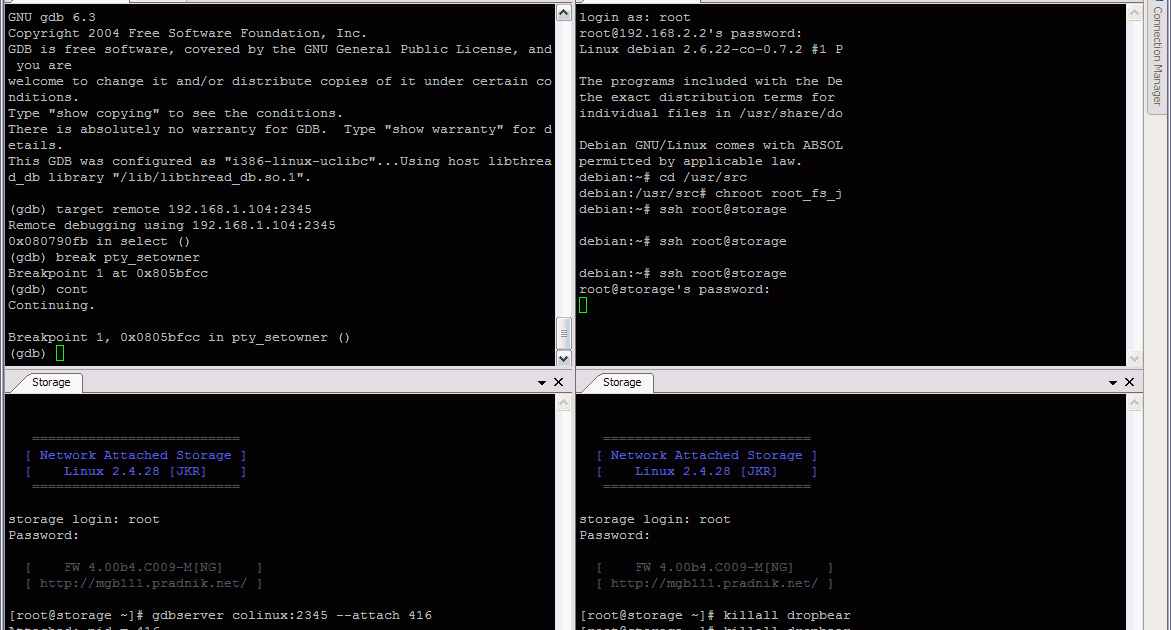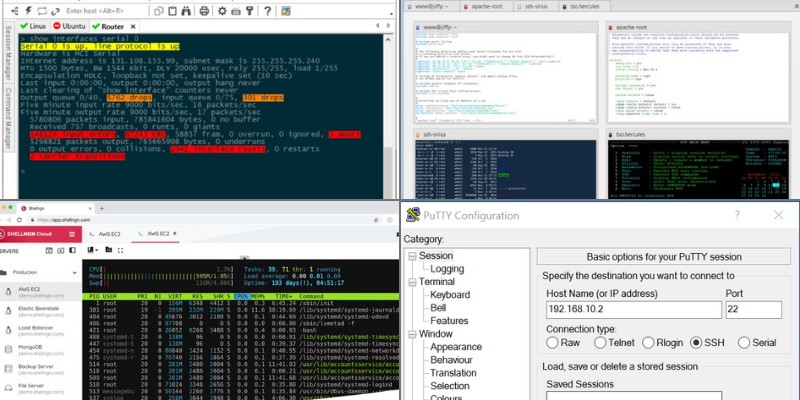

ESXi creates a copy of these stickybit files and renames the original as. A user can not manually mark a file with the stickybit and have it automatically backed up, it requires one additional file which is implemented by the VisorFS. etc/nf) that are automatically backed up through a cronjob which looks for particular files under /etc that have been marked with the stickybit. There are certain configuration files (e.g. This is not a well known fact and the reason for this is ESXi is loaded into memory after it boots up. Now before you jump off and start thinking about a creative banner, you should note that changes within the ESXi Busybox Console are not always preserved and persisted across reboots. You can see the dropbear process spawn when you are logged into the Busybox Console (Tech Support Mode) using "ps" command. To access the different functions, you would just need to create a symlink to (dropbear,dbclient,dropbearkey,dropbearconvert and scp) which is already enabled by default from VMware with the exception of dropbear which is for the server. With ESXi, OpenSSH is not being used for the SSH daemon/client, but rather a server/client with a much smaller footprint called Dropbear.ĭropbear not only provides a server/client but it also includes key generator/converter and secure copy (scp) all bundled into a single binary under /sbin/dropbearmulti.

With classic ESX, this can easily be enabled by updating the "Banner" entry in /etc/sshd/sshd_config and specifying the path to the file containing your banner. There was a pretty interesting question on the VMTN forums this week about adding a security banner to ESXi prior to user authentication via SSH.


 0 kommentar(er)
0 kommentar(er)
